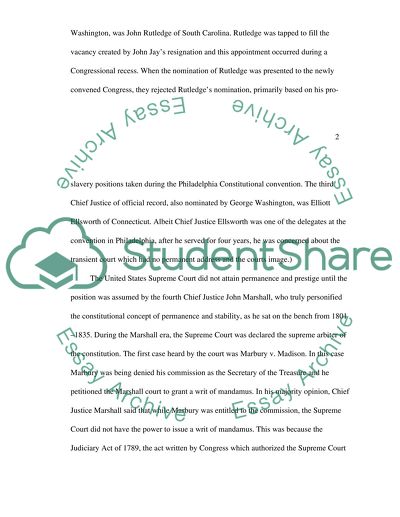Cite this document
(“United States Supreme Court and the Constitution Essay”, n.d.)
Retrieved de https://studentshare.org/law/1523199-united-states-supreme-court-and-the-constitution
Retrieved de https://studentshare.org/law/1523199-united-states-supreme-court-and-the-constitution
(United States Supreme Court and the Constitution Essay)
https://studentshare.org/law/1523199-united-states-supreme-court-and-the-constitution.
https://studentshare.org/law/1523199-united-states-supreme-court-and-the-constitution.
“United States Supreme Court and the Constitution Essay”, n.d. https://studentshare.org/law/1523199-united-states-supreme-court-and-the-constitution.


